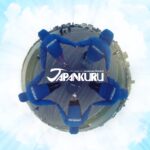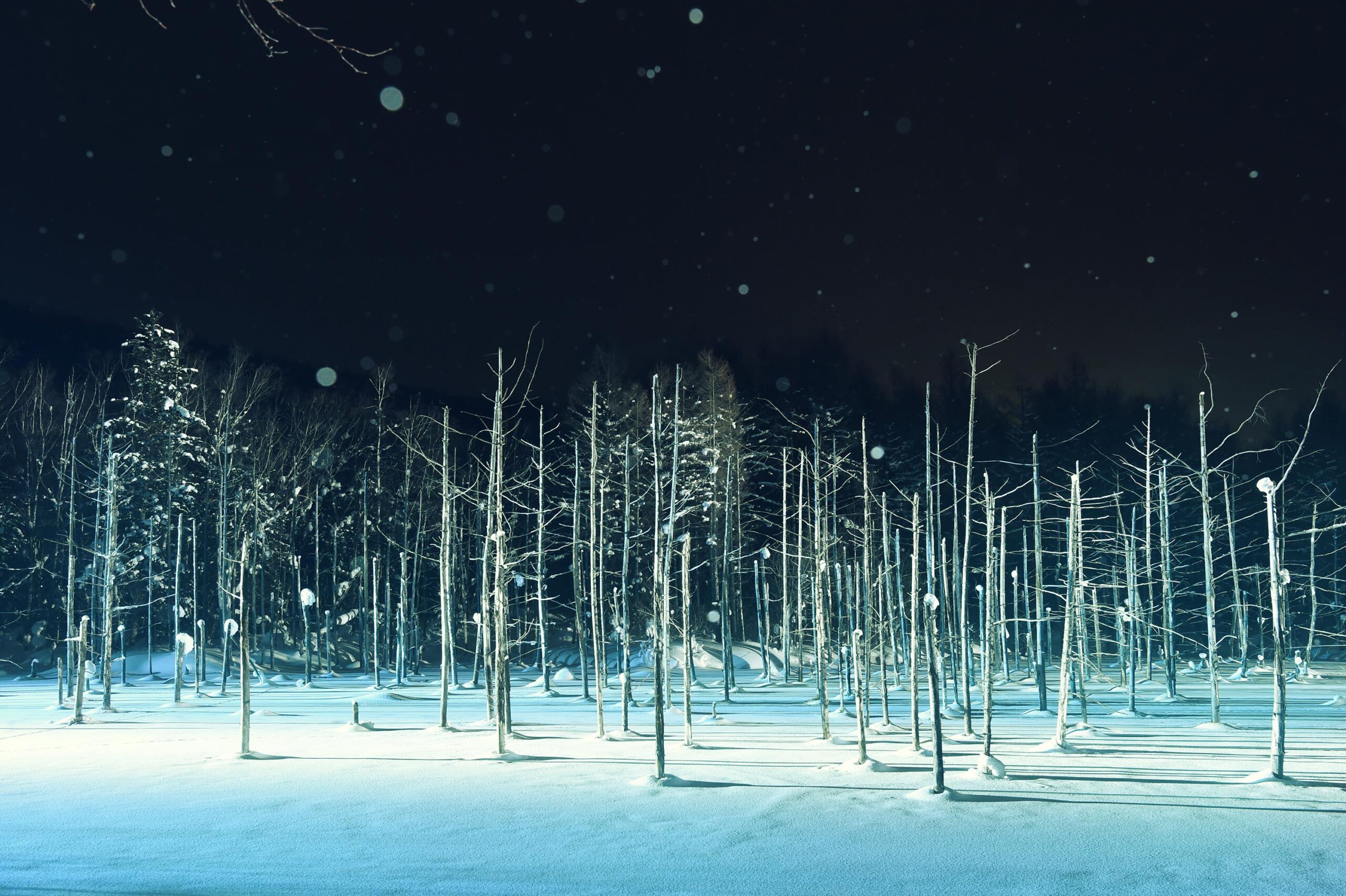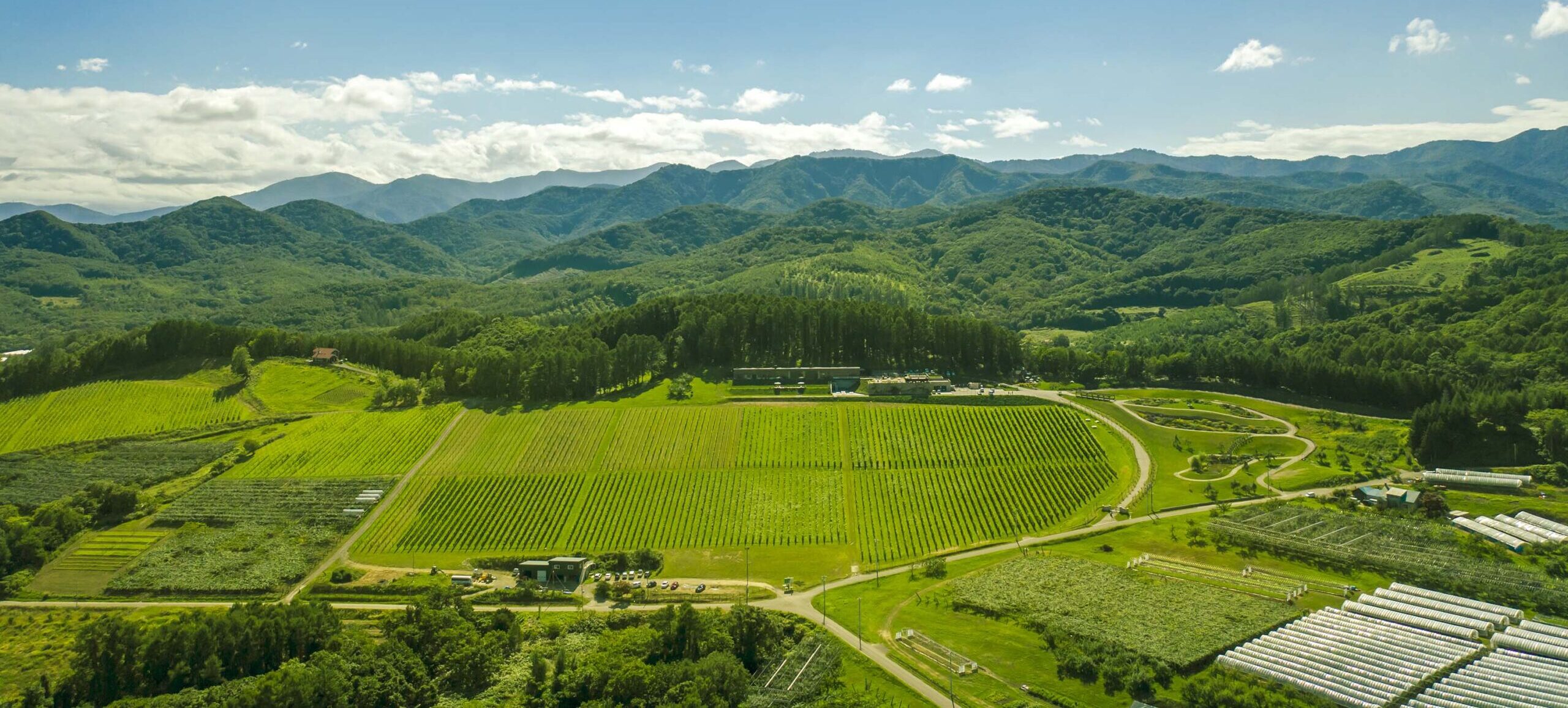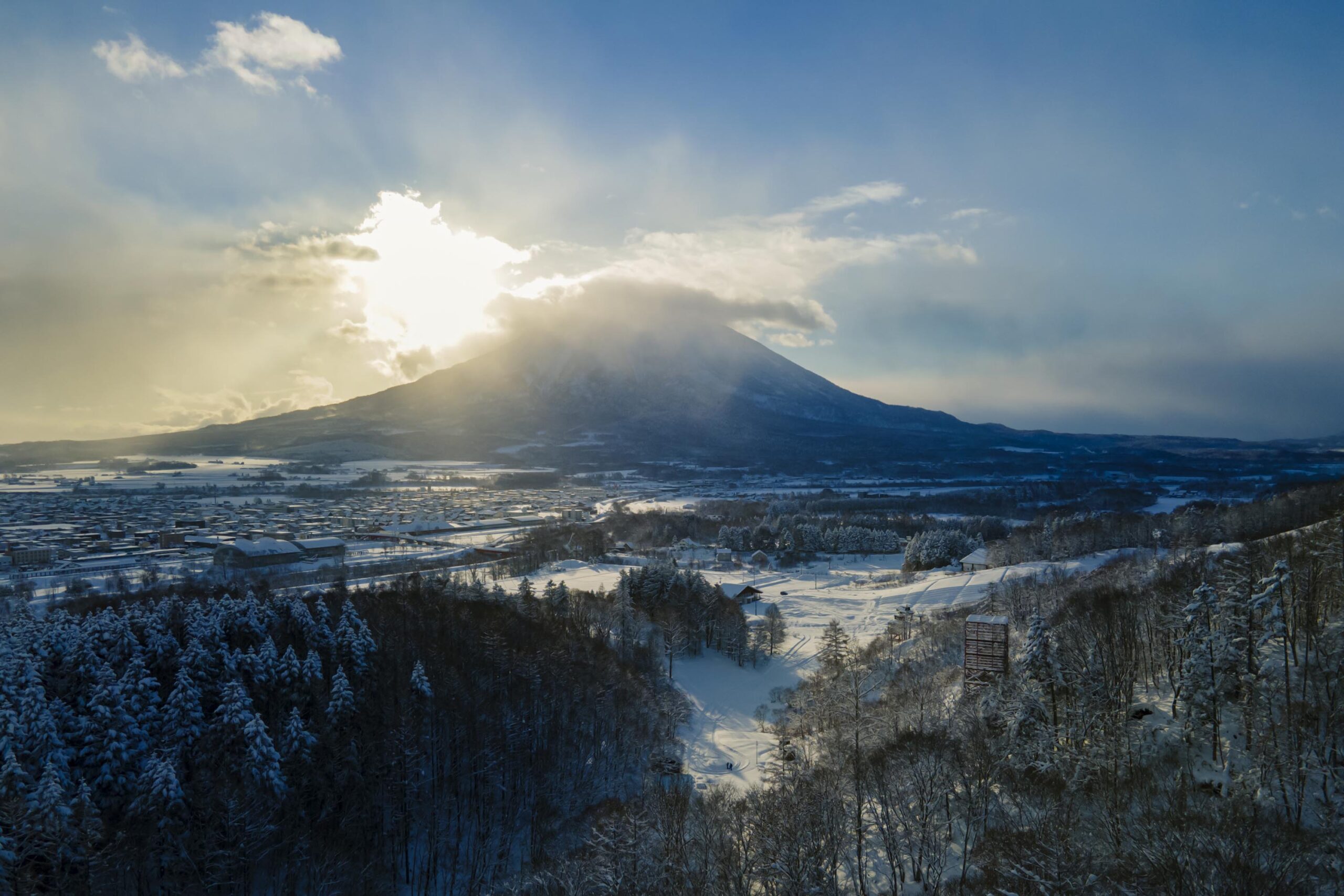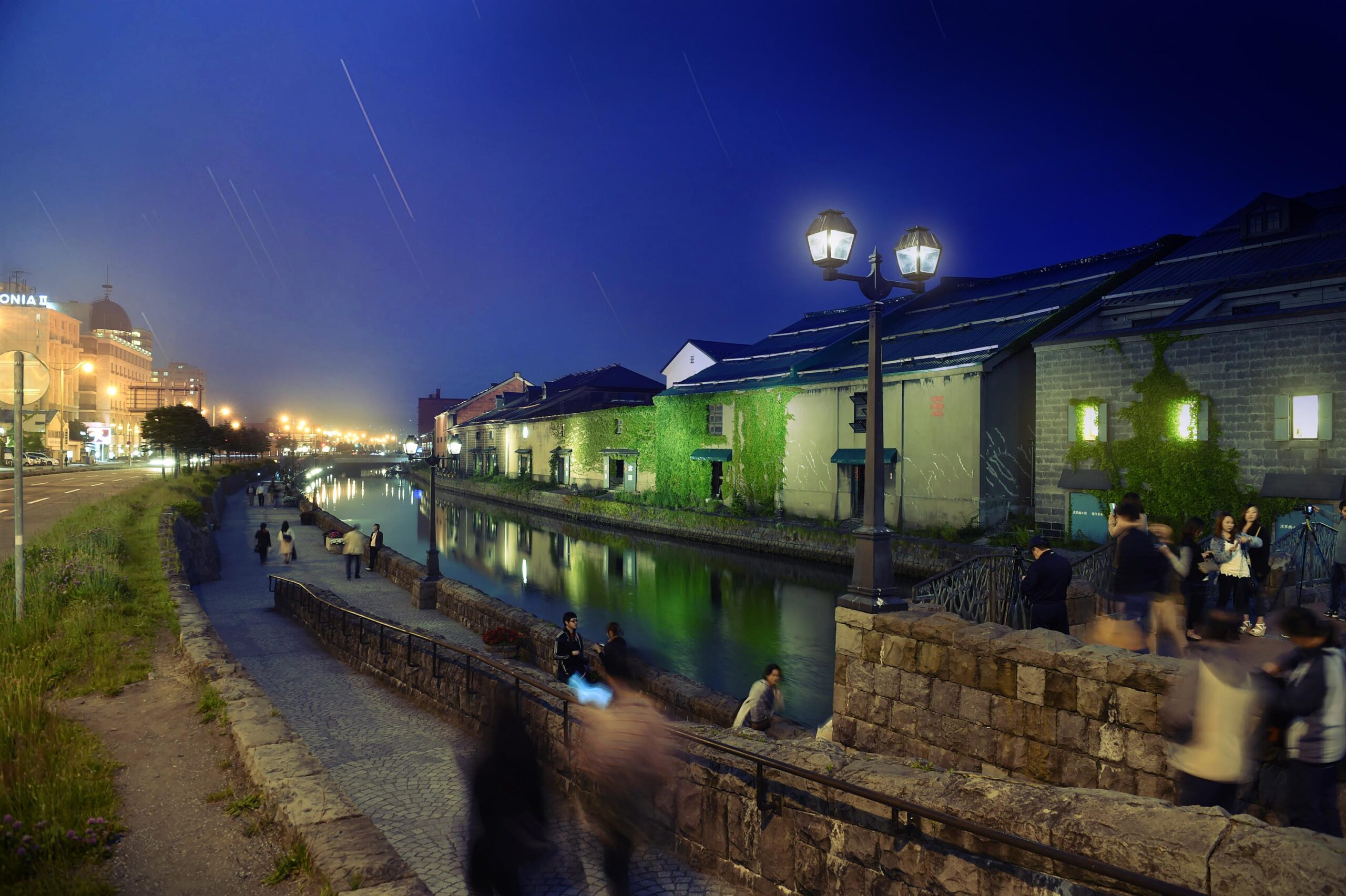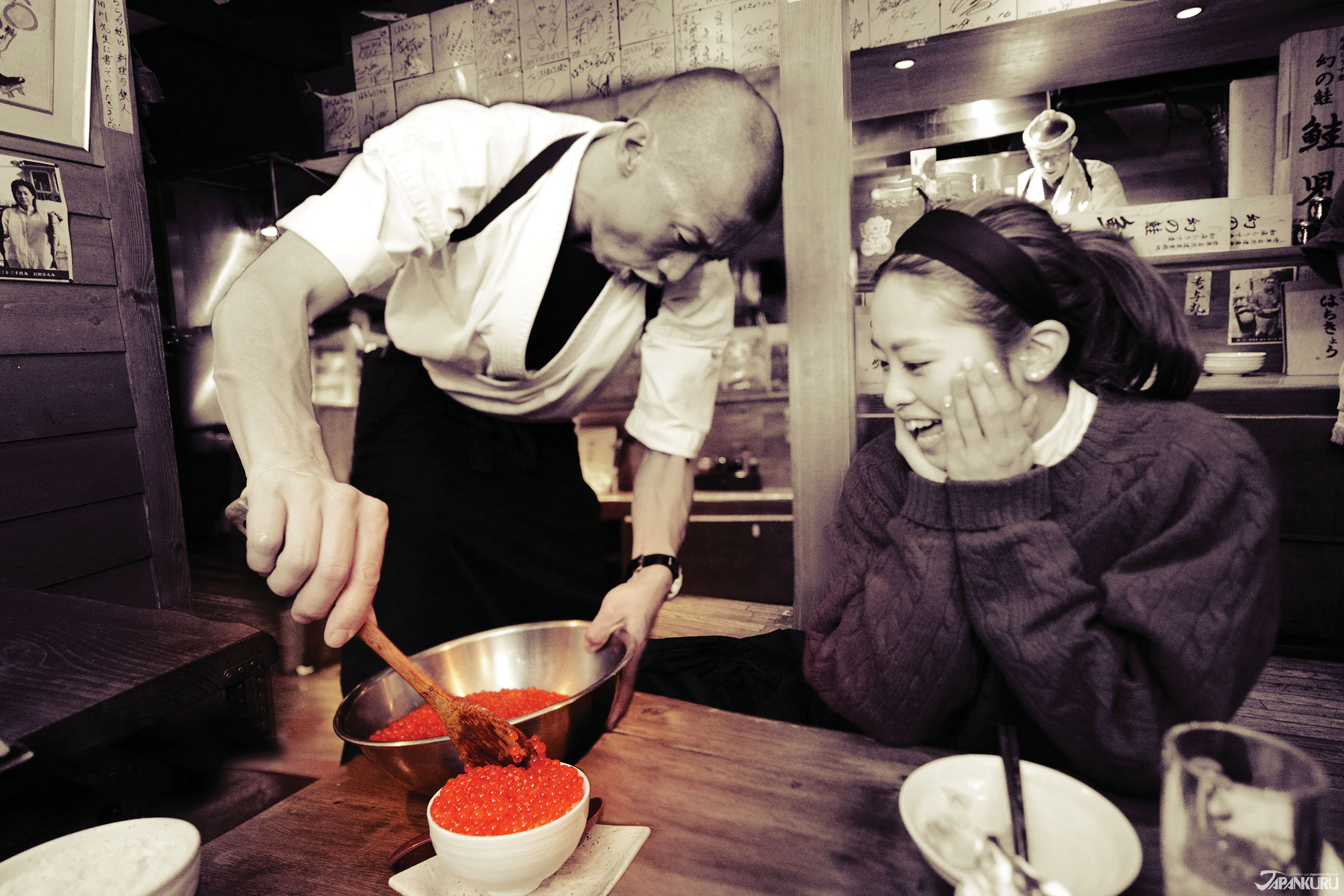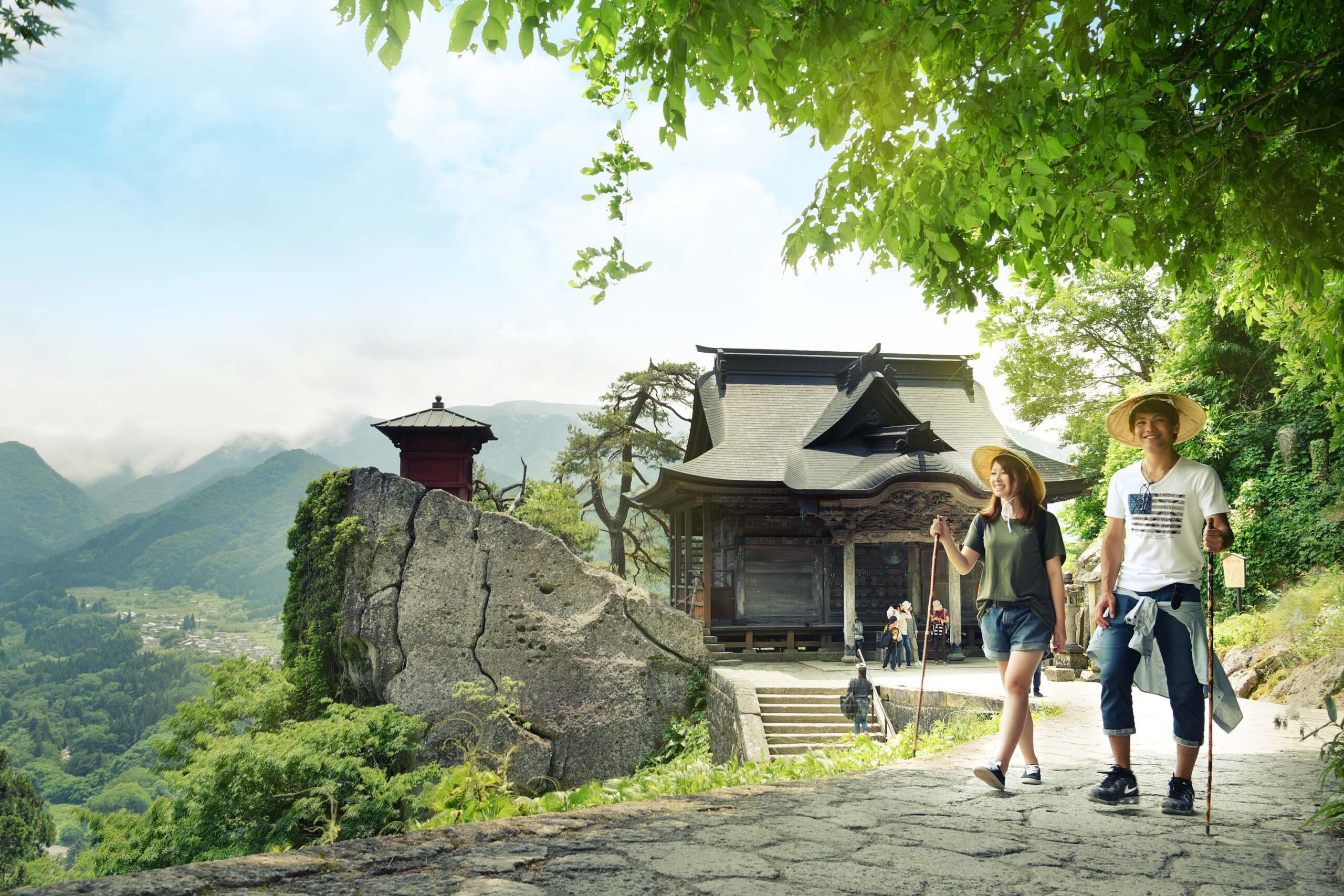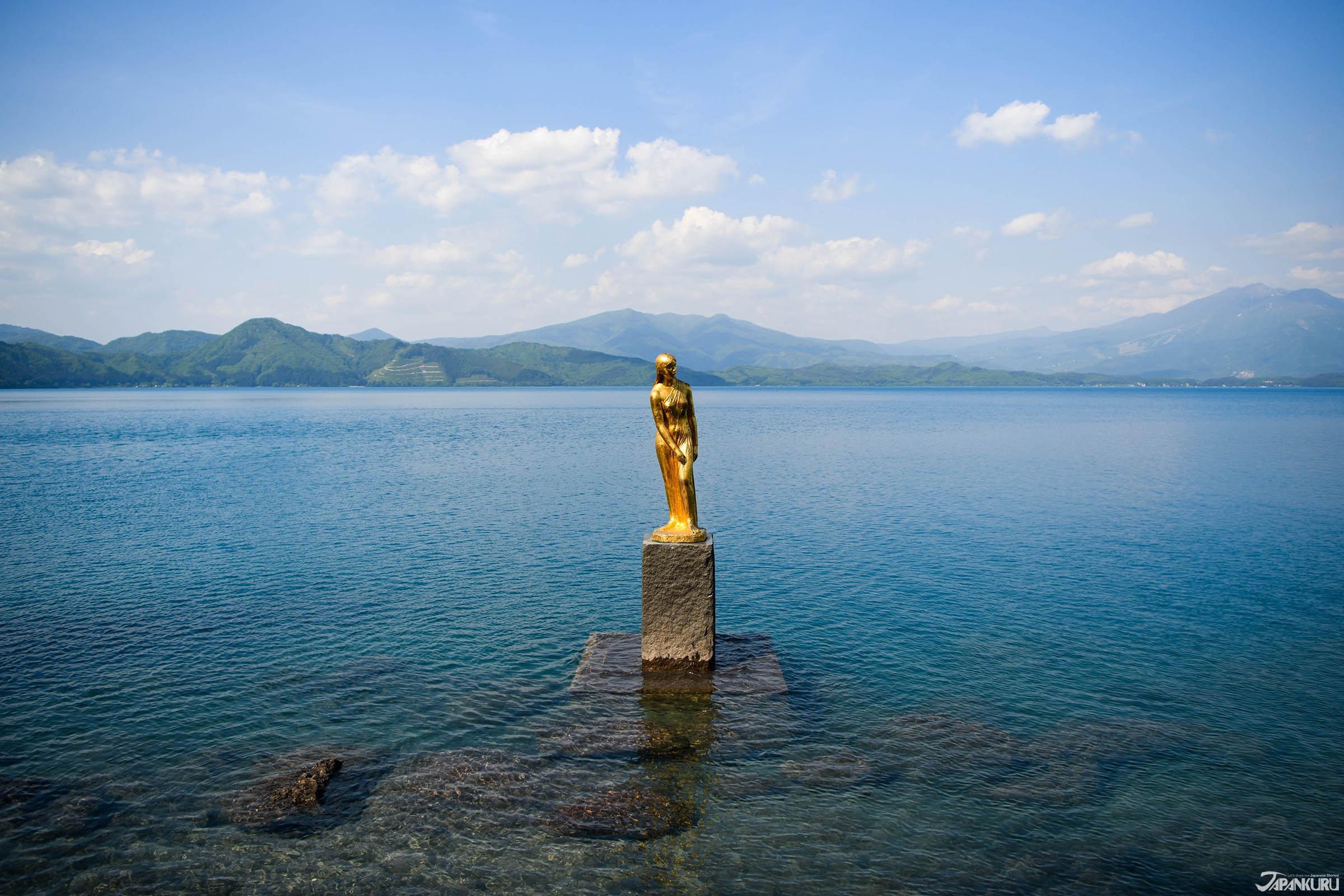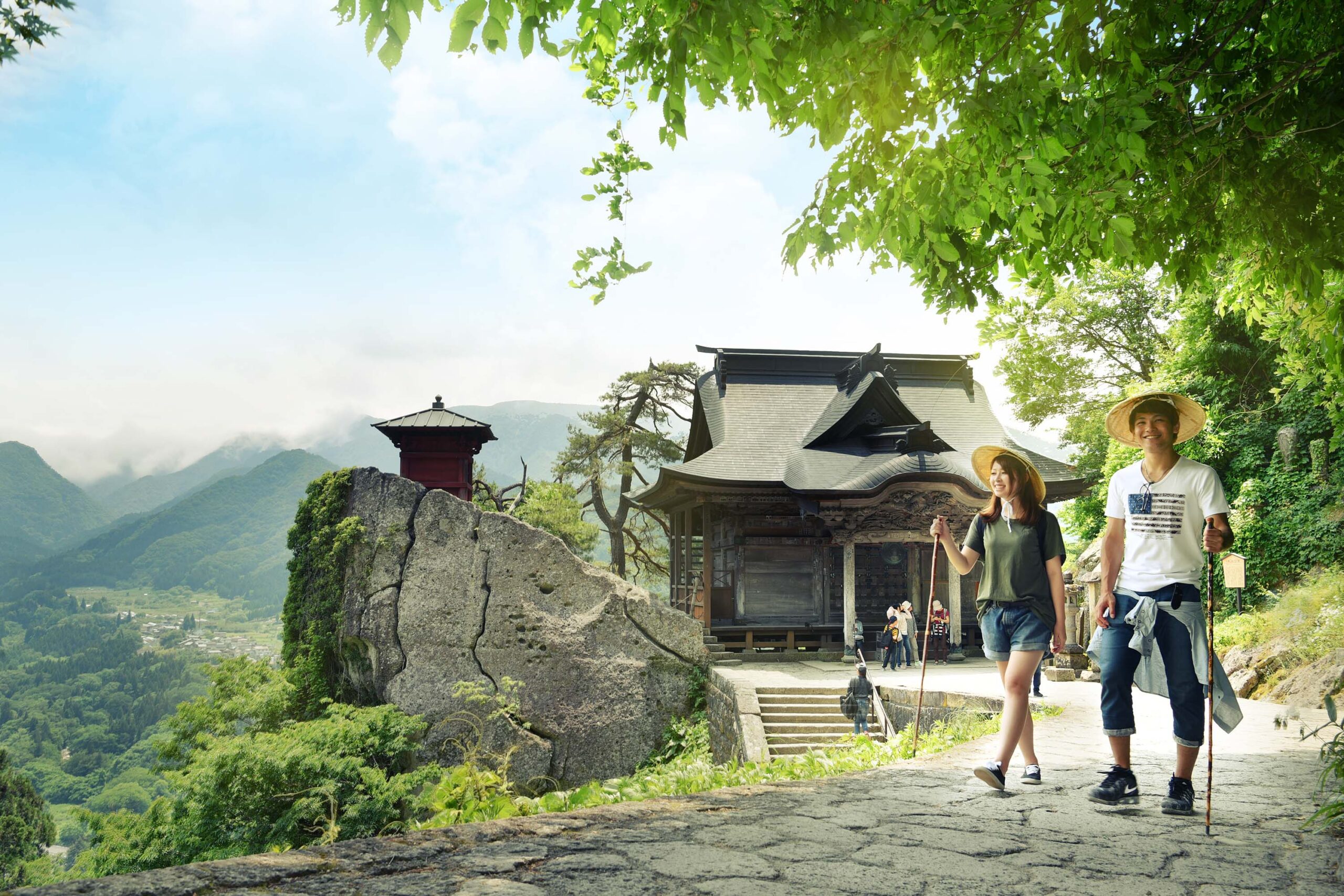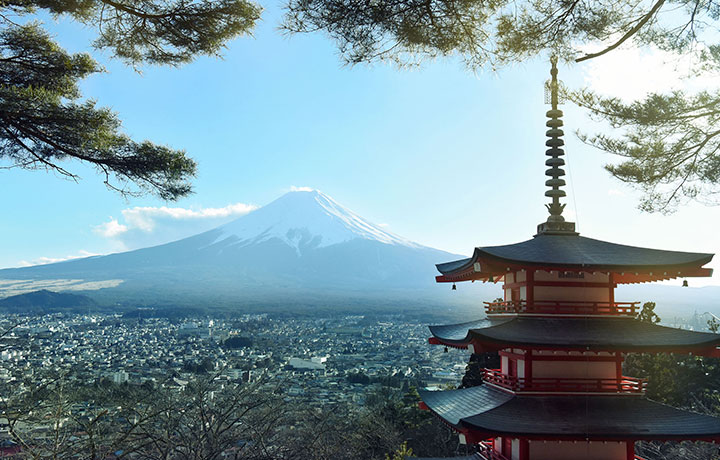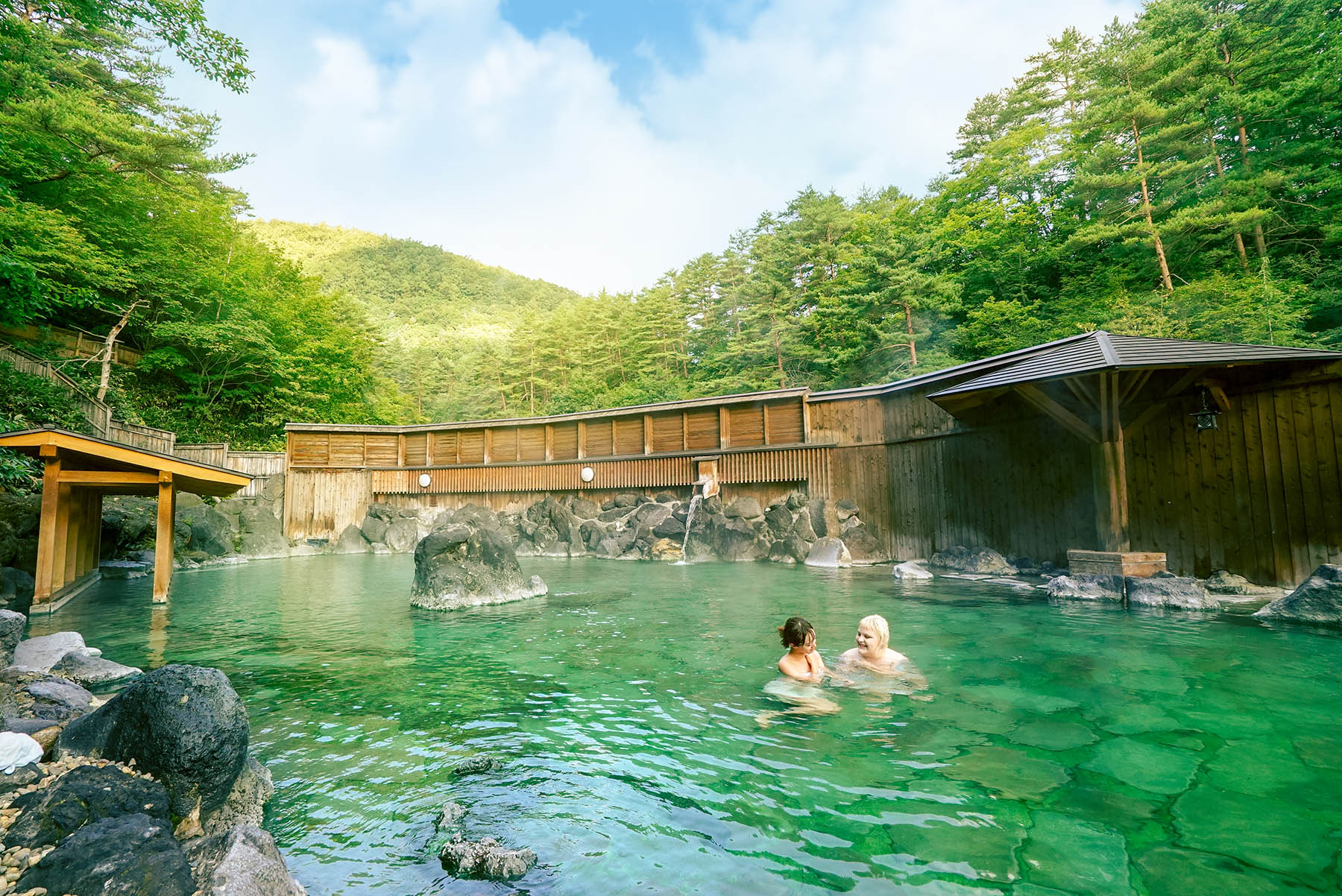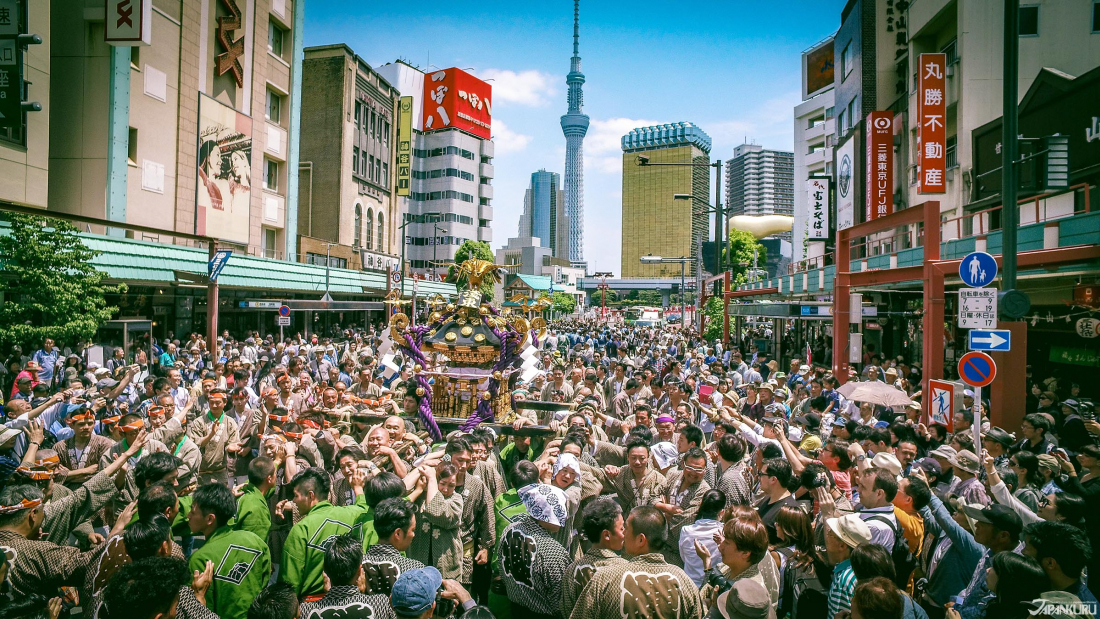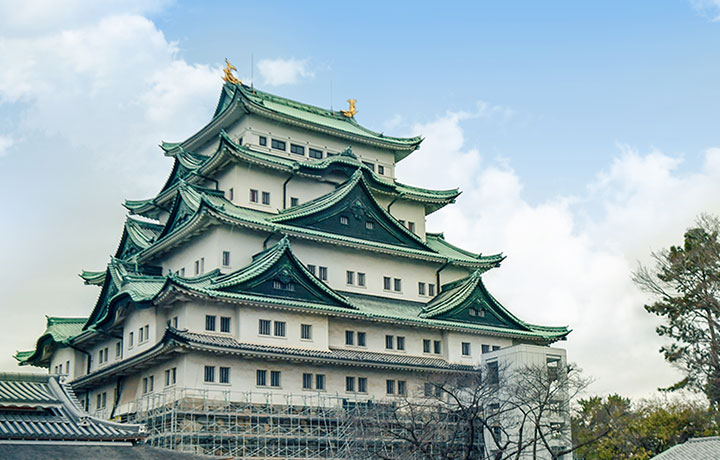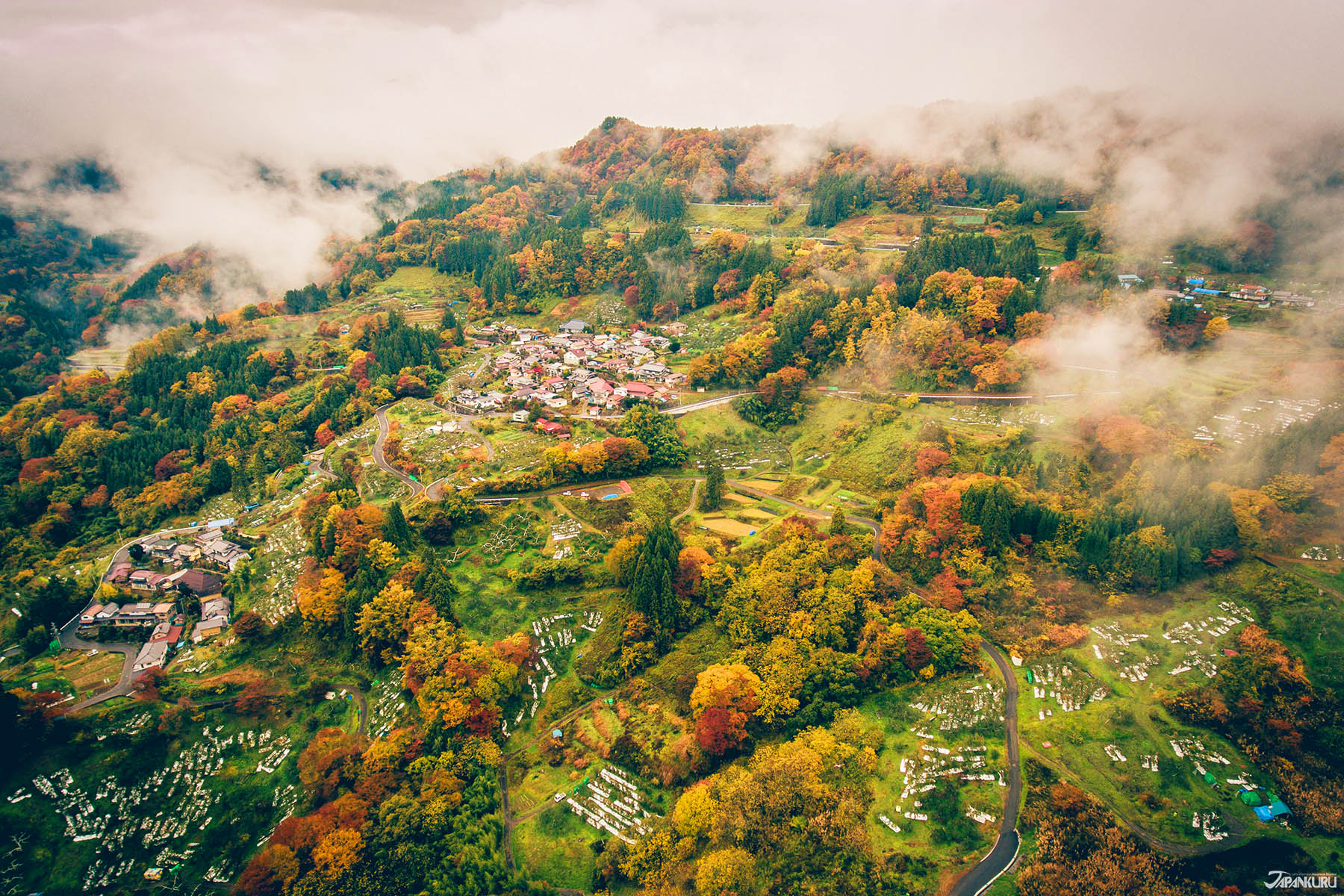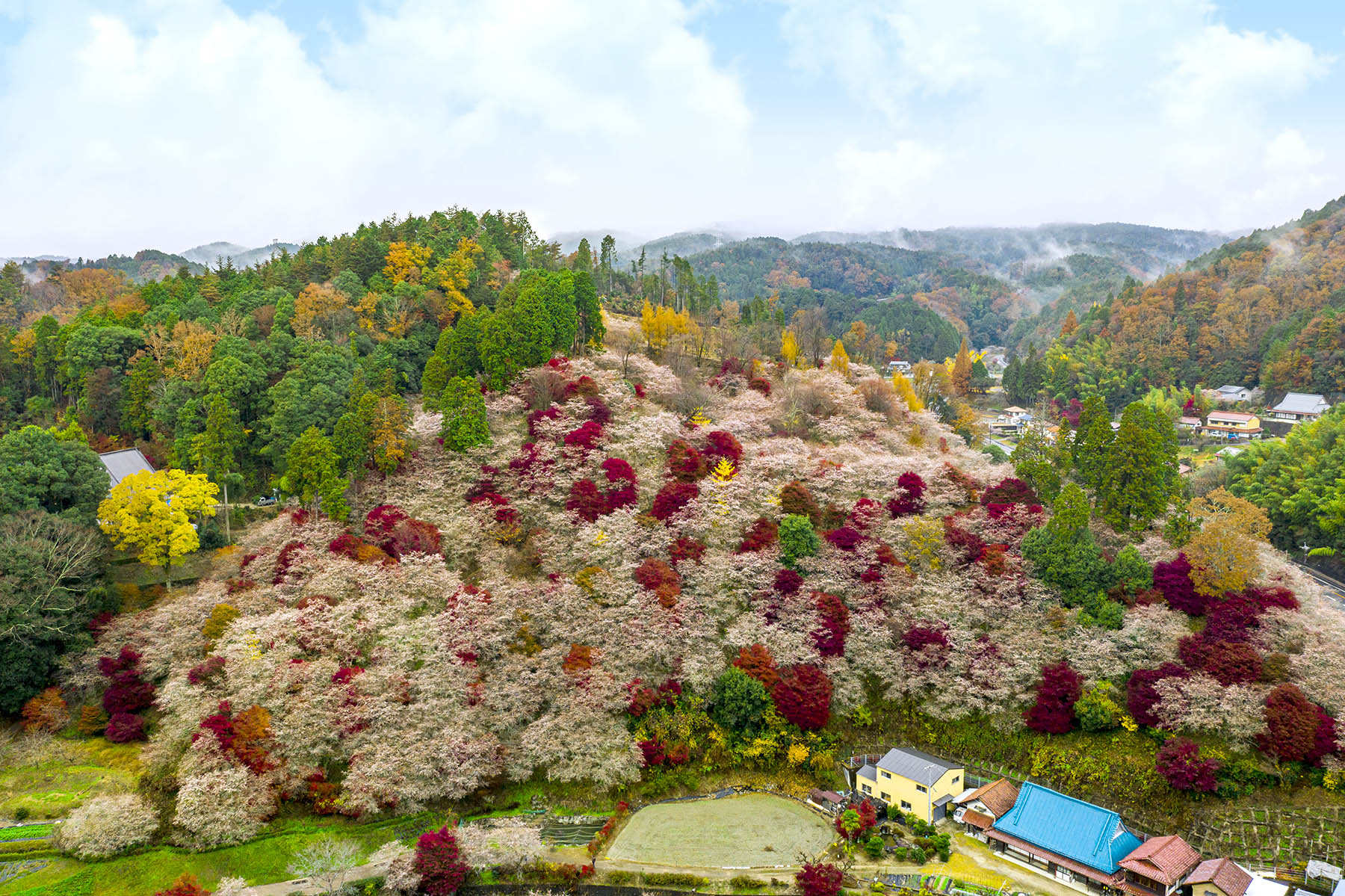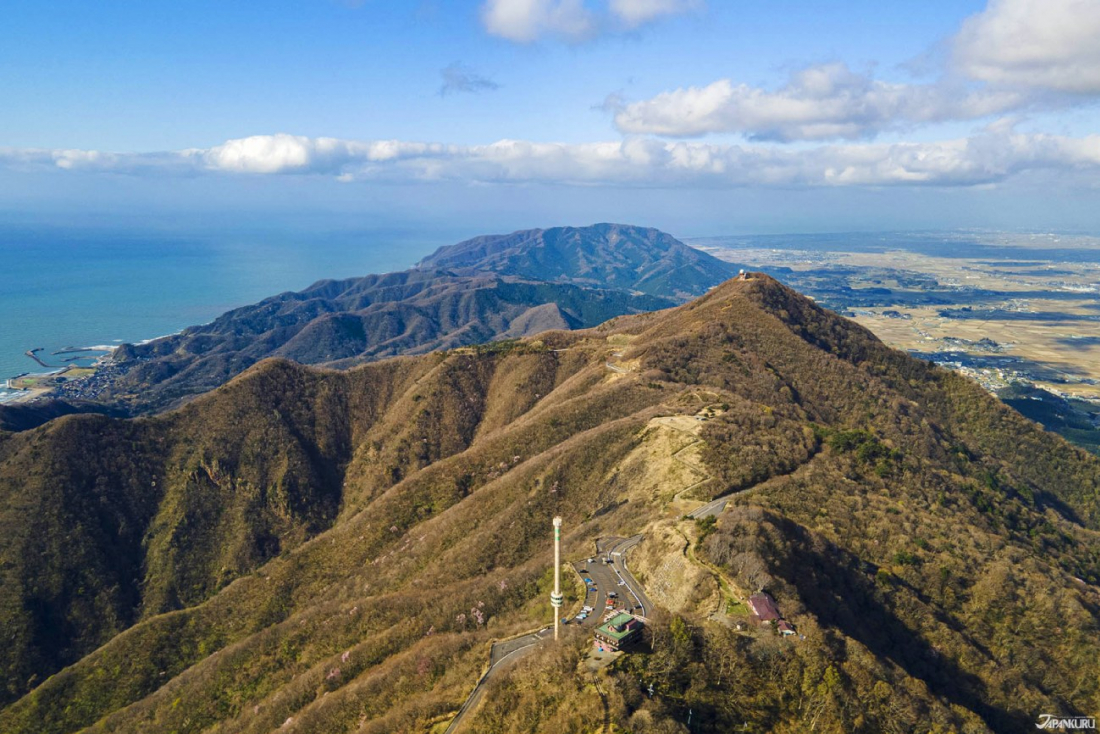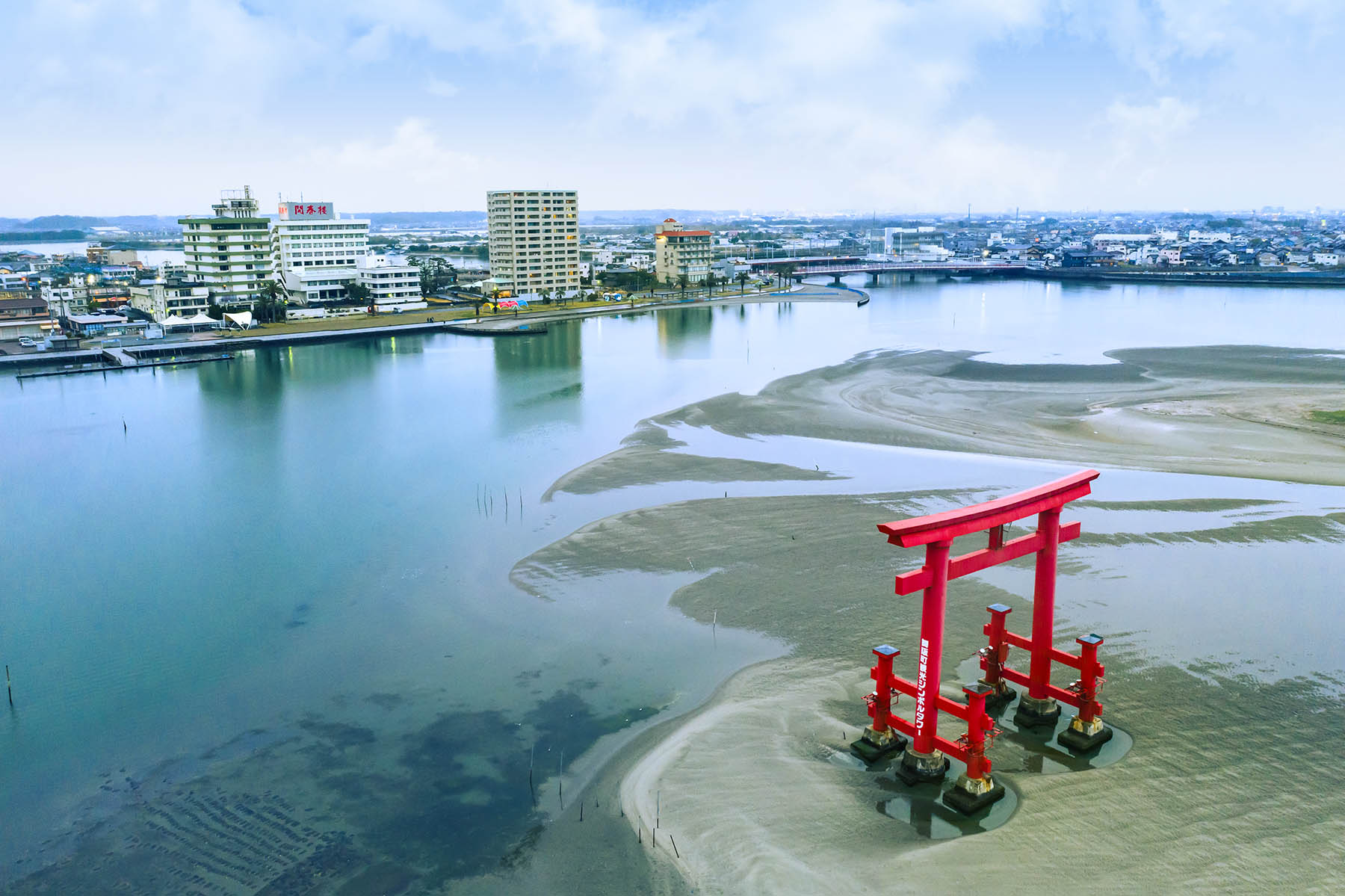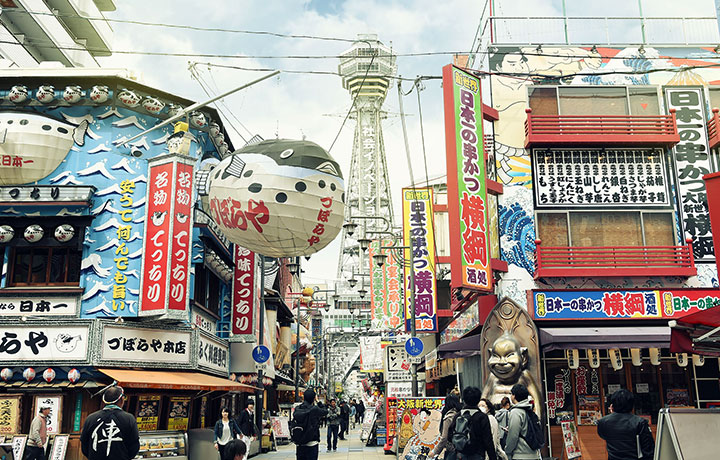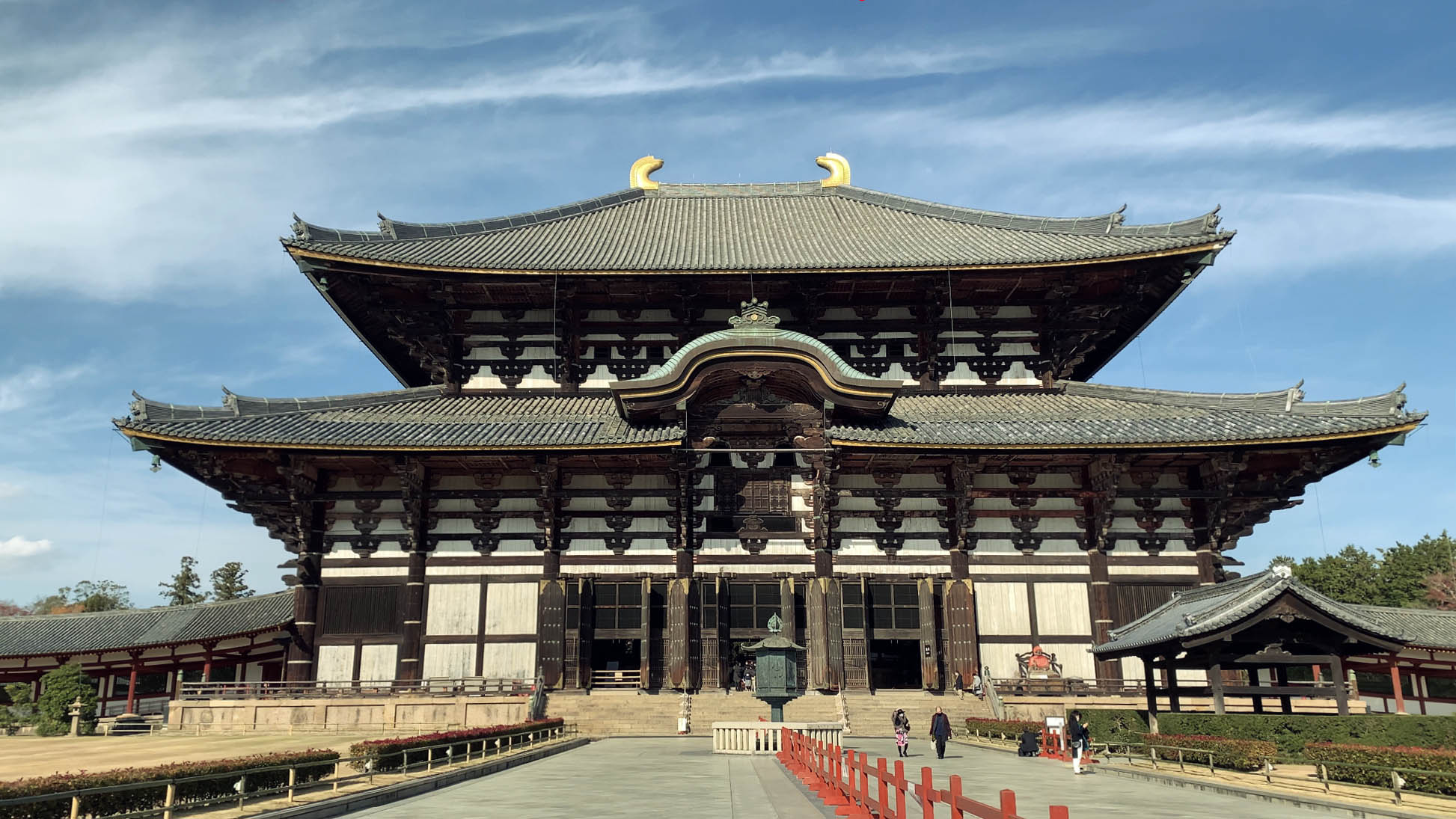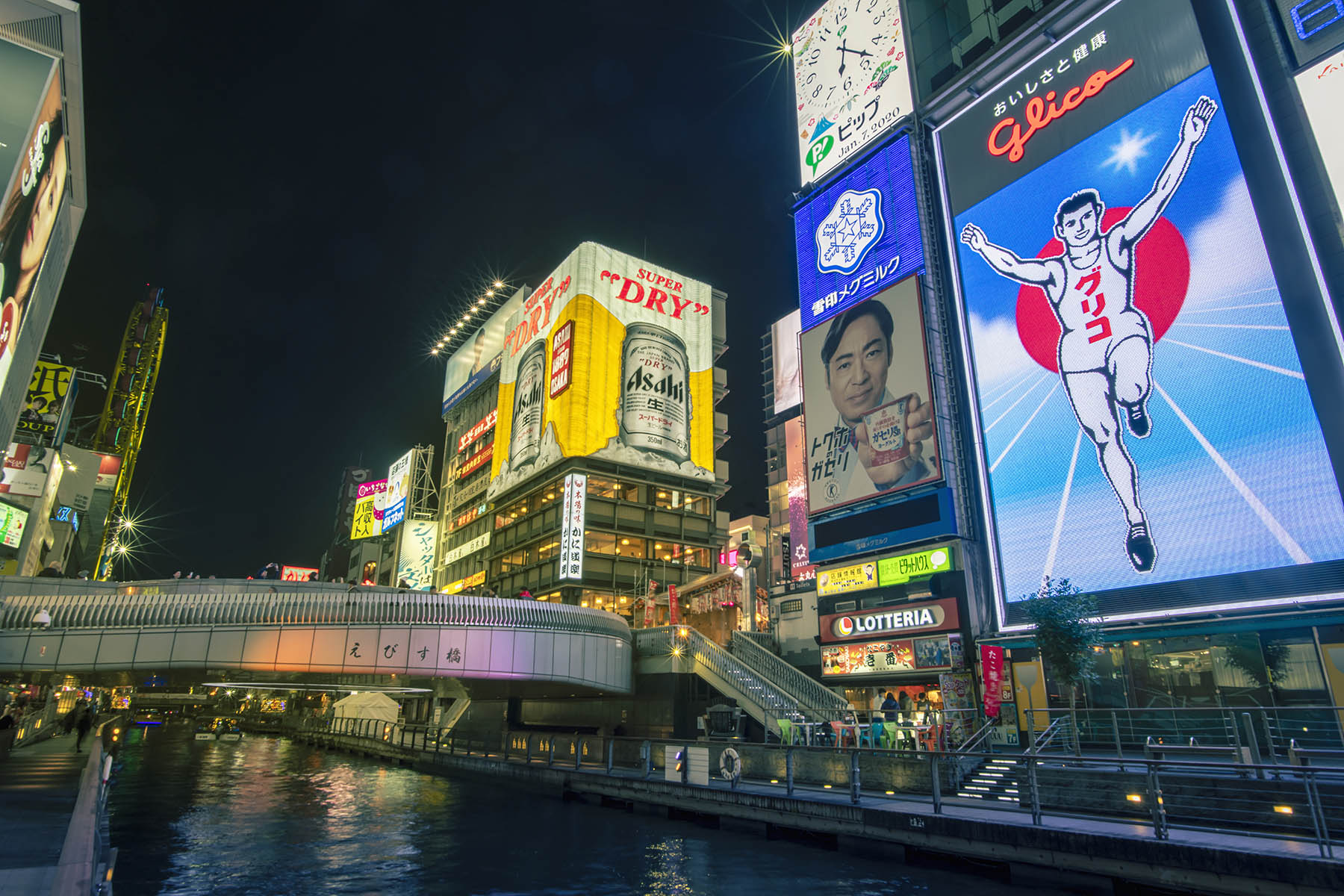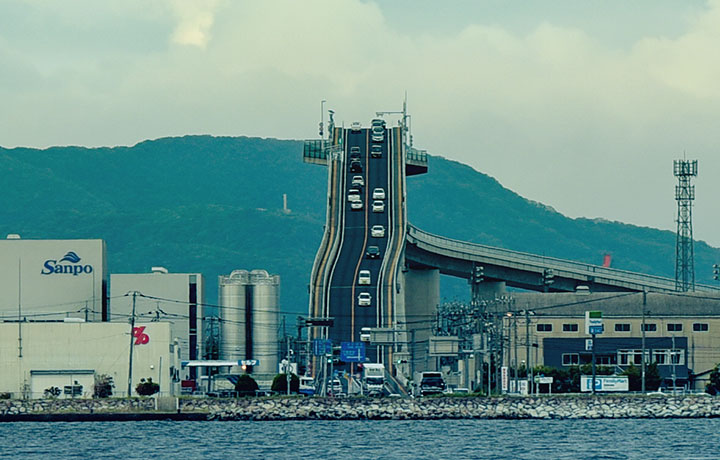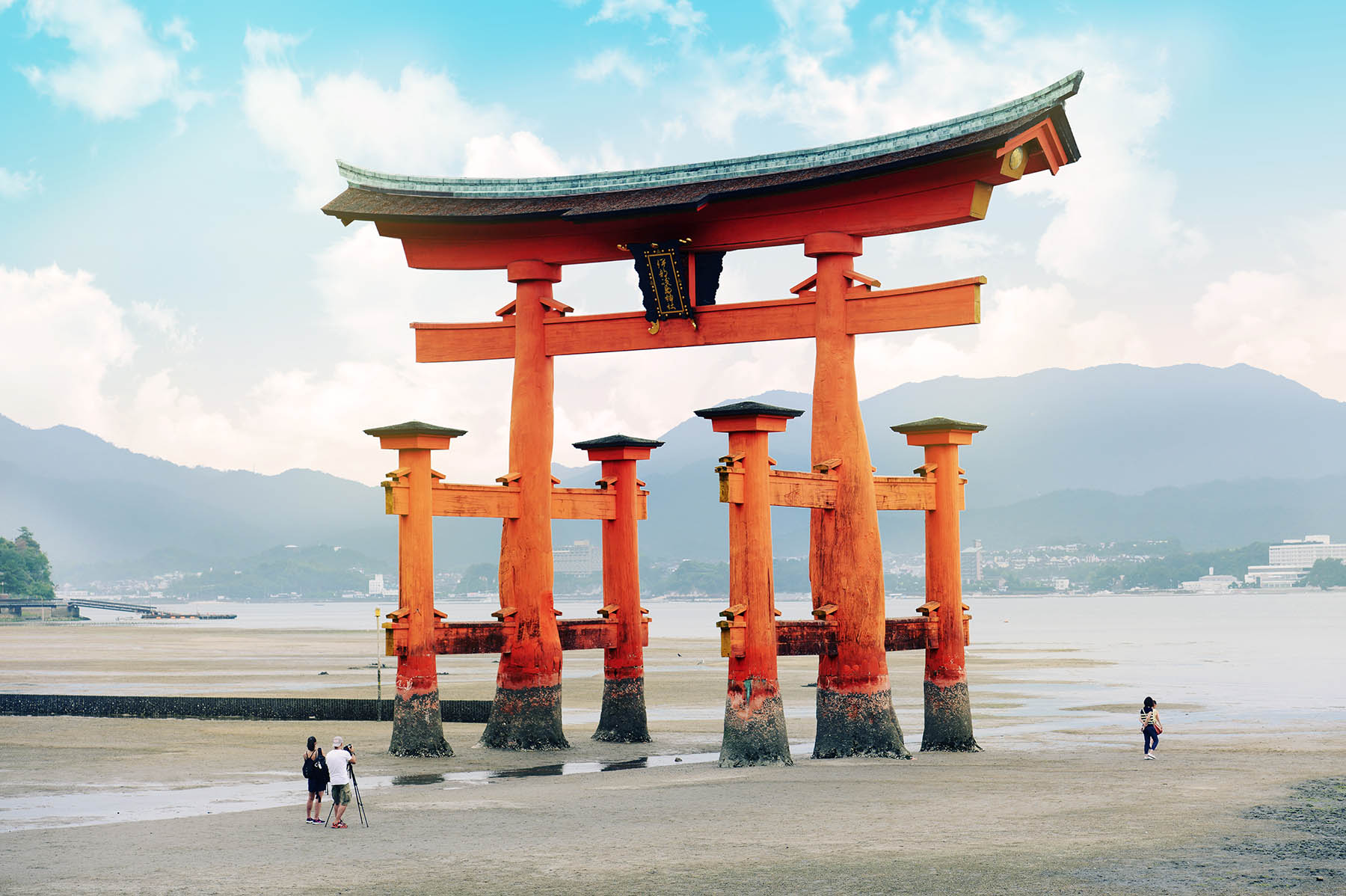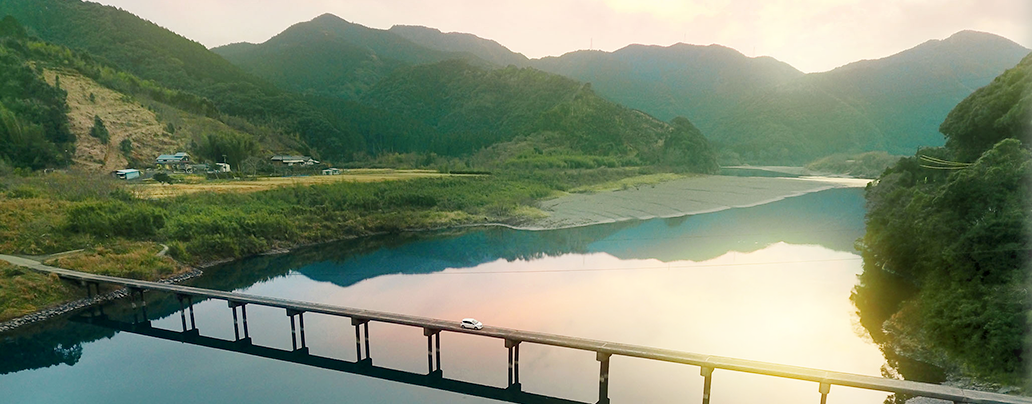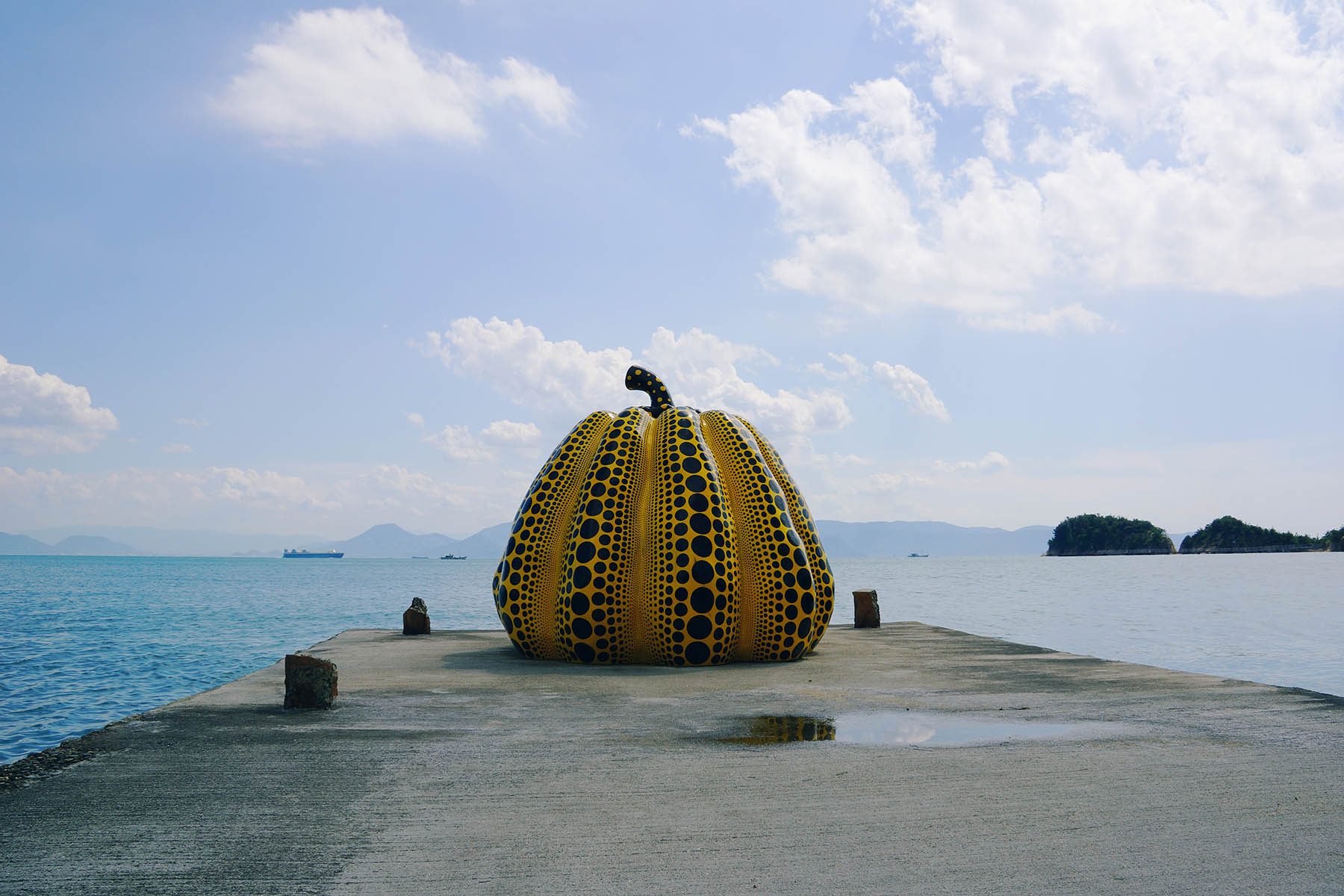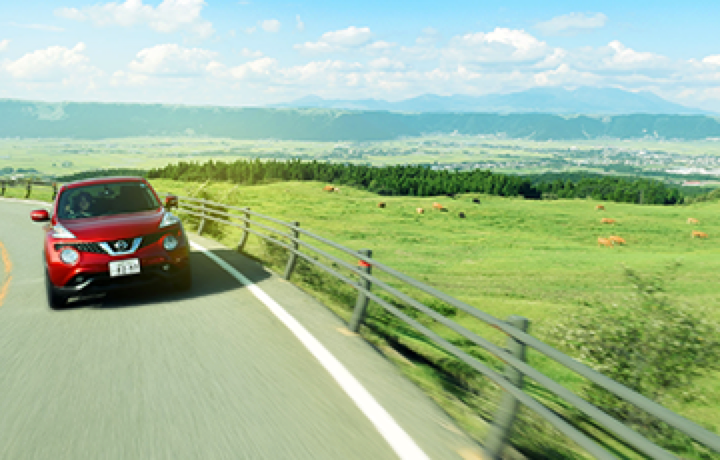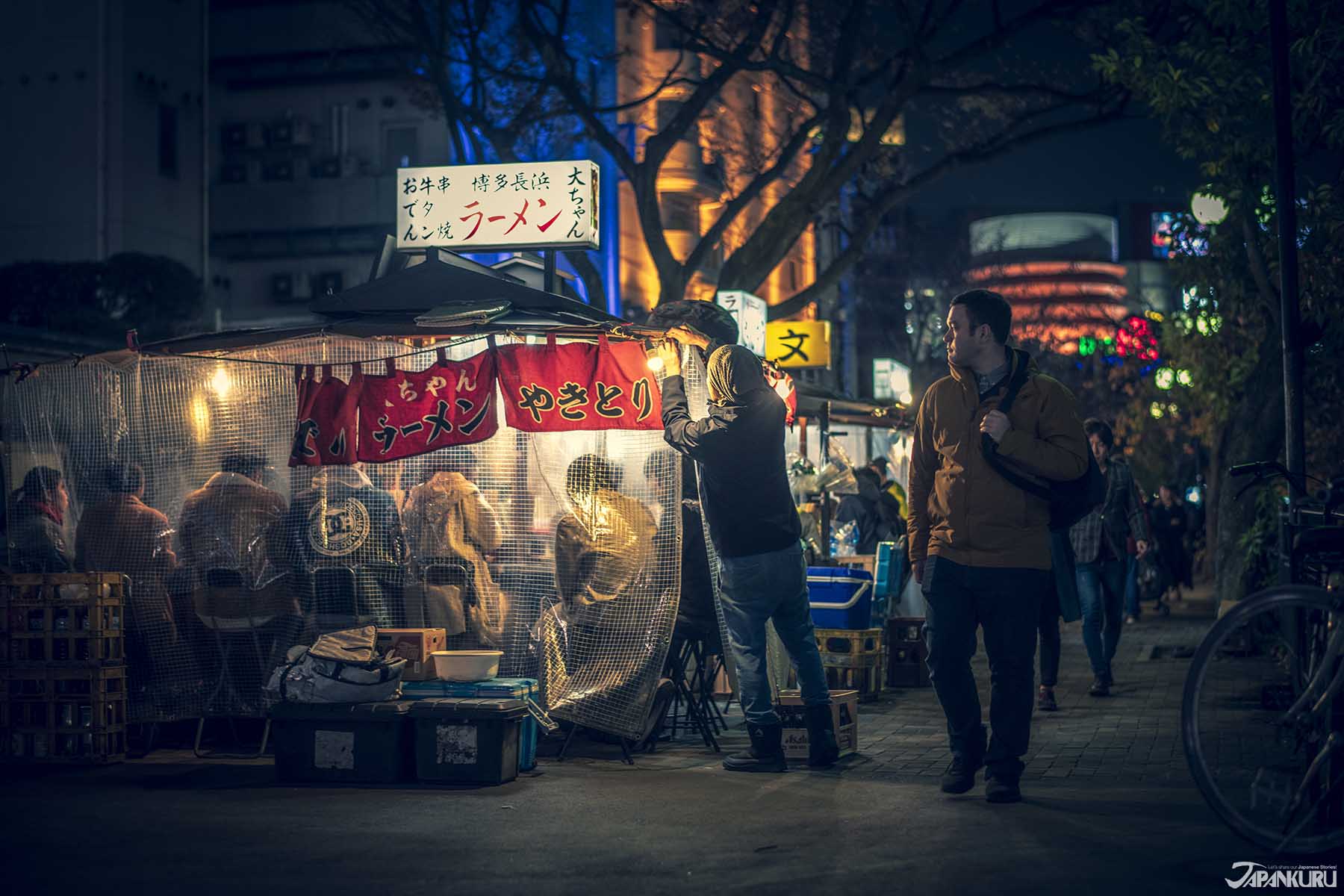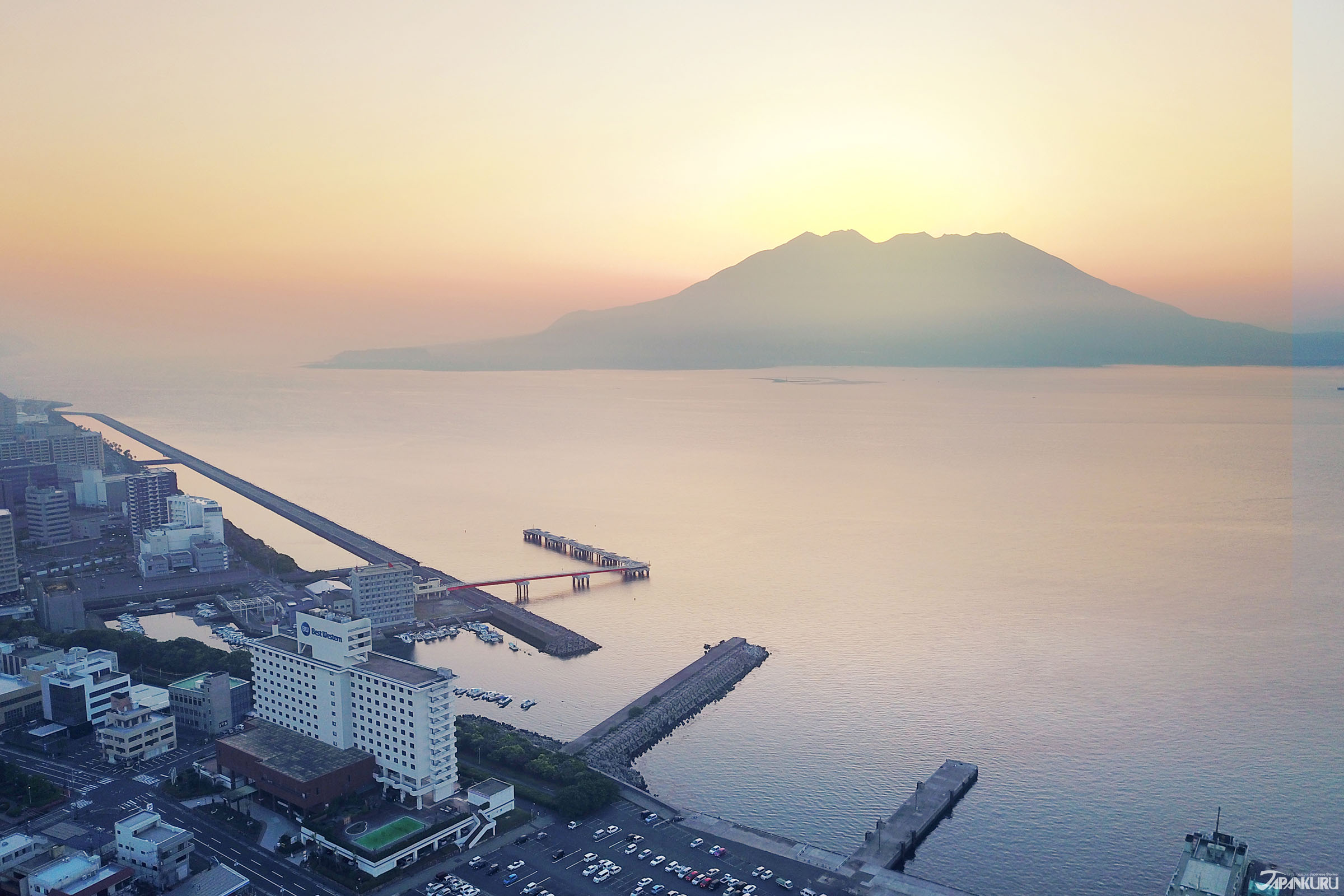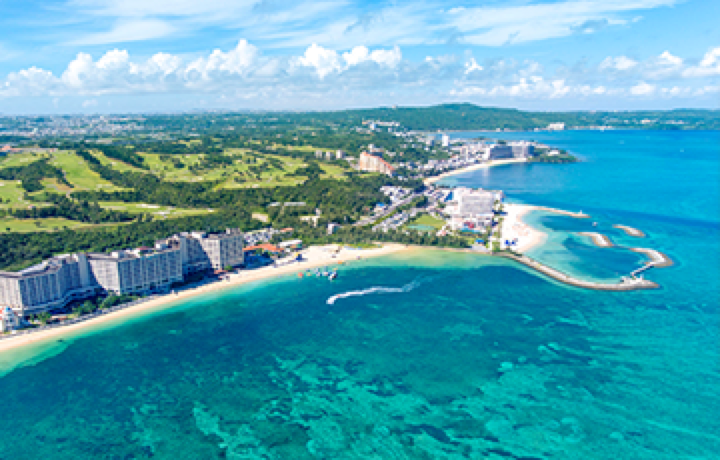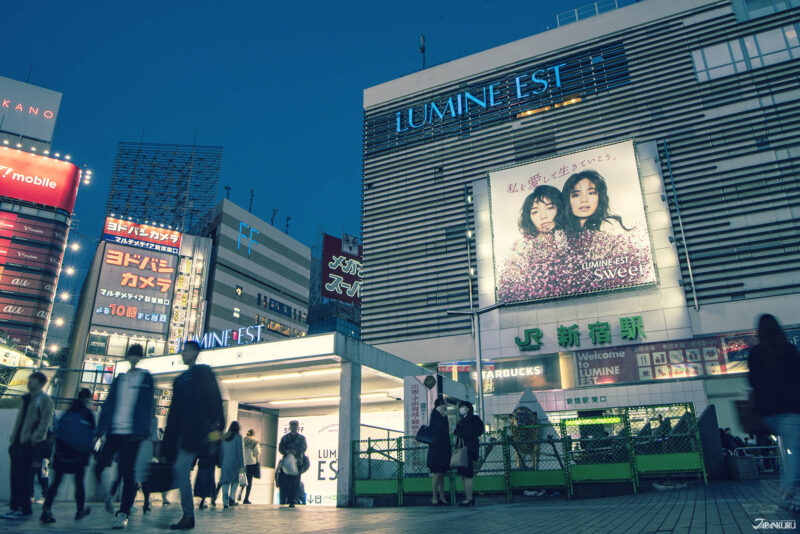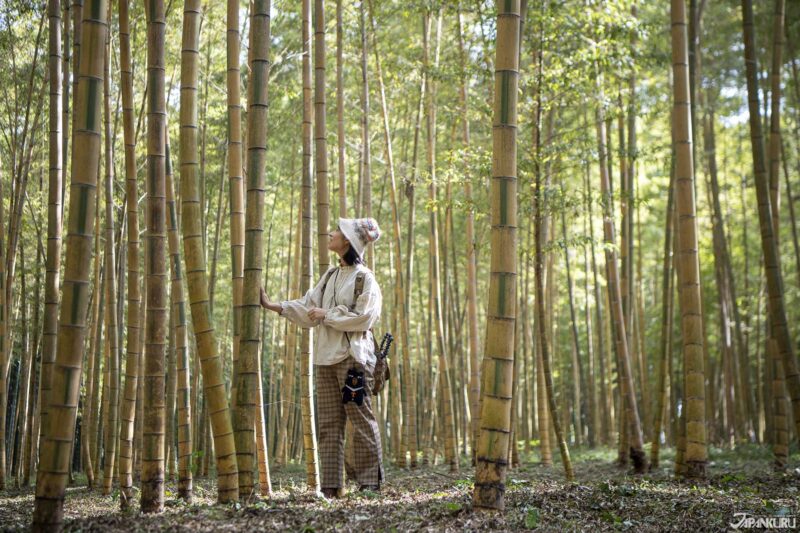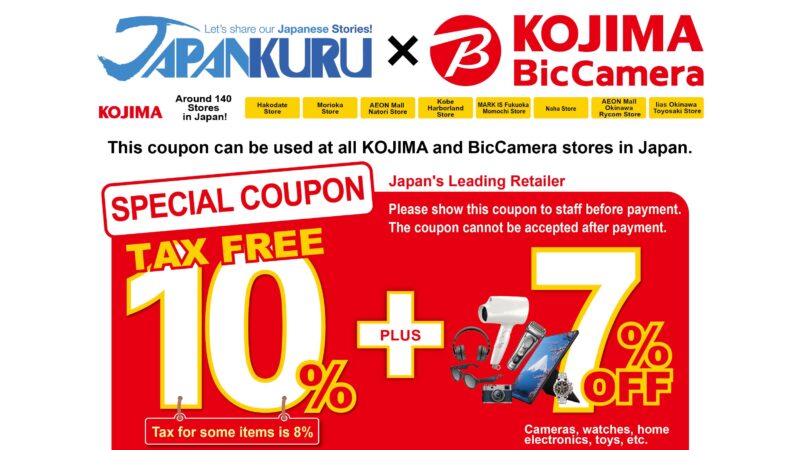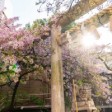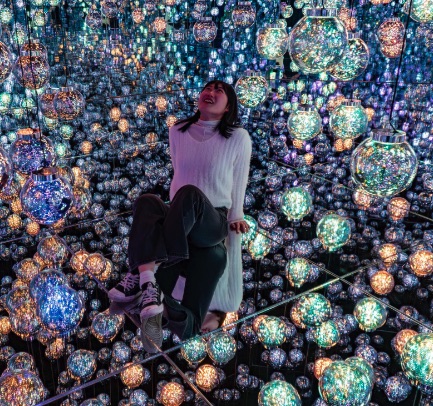
CONTENTS
Looking for that perfectly wacky Japanese souvenir? Want to taste something you’ve never even seen before? Hoping for a unique Japanese cultural experience? This line of canned food offers 70 different options, so add a few to your shopping list and enter canned heaven.
Canned Food, on a Whole New Level
Kokubu’s Top Canned Creations
#1 | Oysters
#2 | Sardines
#3 | Scallops
#4 | Bacon in Honey Mustard Sauce
#5 | Buri (ぶり, AKA Japanese Amberjack, AKA Yellowtail)
Luxury, High-End Canned Food!? Kantsuma Kiwami
The cans in the standard line of Kantsuma products sell for around 300 to 1,000 yen: not so cheap you start to doubt the quality, but still a reasonable price for a tasty, protein-filled snack. The "Kiwami" (極, meaning peak or extreme) line of canned goods, on the other hand, retails at prices between 5,000 (!?) and 10,000 (!?) yen. A truly high-end price for some truly high-end cans of food.
Well, the JAPANKURU team decided to pick up and sample a few of these very fancy cans, and give them a taste. We could tell that Kokubu doesn't really expect these to fly off the shelves, and they were really sort of in on the joke here, but the prices aren't just made-up numbers. These cans are expensive because they contain some really luxe foodstuffs.
The Smoke Series
While some of the standard Kantsuma cans also contain smoked foods, the idea behind this special line of smoked canned products was that Kokubu really wanted to focus on that smokey flavor. If you're the kind of person who dumps liquid smoke into every pot of food you make, Kokubu is here to deliver a line of canned food you will love. Each of the ingredients is carefully smoked over some especially fragrant and aromatic sakura (cherry tree) chips, giving it all a whole lot of flavor.
Want to Buy Some Japanese Canned Goods for Yourself?
As we already mentioned, the Kantsuma cans are found pretty often in convenience stores and groceries around Japan, so they're not really too hard to find (especially the top 5 items we talked about)! If you're feeling a little intrigued by the luxury Kiwami products, though, or you want to see the huge variety of canned goods they offer standard, you can always head over to ROJI, a gourmet market in Nihonbashi, Tokyo.
PROFILE
Follow us @Japankuru on Facebook, Instagram, and Twitter!
COMMENT
FEATURED MEDIA
VIEW MORE
・The new Tokyo flagship for Volcom Japan is a center for all things skateboarding, street fashion, art, and culture, all in the heart of Shibuya! ・Volcom日本旗艦店東京澀谷登場 本格派滑板街頭潮流藝文新據點 #Volcom #japankuru #shibuya #日本購物 #日本潮流 #日本街頭時尚 #澀谷 #東京購物 #東京購物推薦 #東京潮店 #澀谷潮店 #滑板 #雪板 #衝浪 #볼컴 #시부야

Which snacks make the best Japanese souvenirs?~ Jaga Pirika ~ 일본과자 선물 뭐하지?~자가피리카 편~ #pr #calbee #jagapokkuru #japanesesnacks #japanesefood #japanesesouvenir #japantravel #japantrip #naritaairport #hokkaido #나리타국제공항 #일본여행선물 #흔하지않은기념품 #일본쇼핑리스트 #일본과자추천 #고구마과자 #일본간식추천 #일본면세점쇼핑 #개별포장 #일본감자칩 #도쿄나리타공항면세점 #현지인추천 #일본여행 #일본기념품리스트 #자가포쿠루 #자가피리카

Asakusa's Sanja Matsuri, one of the biggest festivals in all of Tokyo, is almost here! Make sure you check out the festival route so you don't miss all the festivities this May. #asakusa #sanjafestival #sanjamatsuri #asakusashrine #sensoji #sensojitemple #japanesefestival #shintoshrine #japaneseculture #tokyo #tokyotrip #tokyotravel #asakusasightseeing #matsuri #japantrip #japantravel #springinjapan #tokyotravel #japankuru #산자마츠리 #아사쿠사 #일본마츠리 #일본여행 #일본5월

Odaiba's DiverCity Tokyo Plaza is home to the famous real-size 20m-tall Unicorn Gundam, and the popular shopping center has even more Gundam on the inside! Check out the Gundam Base Tokyo on the 7th floor for shelves upon shelves of Gunpla, and the Gundam Base Tokyo Annex on the 2nd floor for cool anime merchandise. Both shops have tons of limited-edition items! #pr #odaiba #tokyo #tokyotrip #japantrip #japantravel #PR #divercity #divercitytokyoplaza #tokyoshopping #gundam #unicorngundam #gundambasetokyo #anime #otaku #gunpla #japankuru #오다이바 #다이바시티도쿄 #오다이바건담 #건담 #일본건담 #건프라 #건담베이스도쿄

Evangelion, in miniature!? Tokyo's SMALL WORLDS Miniature Museum is actually a must-see for anime lovers, thanks to the tiny Evangelion Hangar and Tokyo-III... plus a whole universe of other scenes both real and fictional. #smallworlds #smallworldstokyo #tokyotrip #tokyotravel #evangelion #eva #anime #miniature #miniatures #animefigure #japantrip #japantravel #에반게리온 #스몰월드 #에반겔리온 #スモールワールズ #오다이바 #아리아케

Have you sat down for a snack at Sumida Aquarium yet? This aquarium next to Tokyo Skytree is known for its penguins and garden eels, but we can't get enough of their cute snacks! There are lots of good seats around the aquarium, too, so it almost feels like one big cafe. 🐧 • Find out more at Japankuru.com! (Link in bio.) • #japankuru #sumidaaquarium #skytree #tokyoskytree #solamachi #sumida #tokyo #tokyotrip #tokyotravel #aquarium #japanesesweets #themecafe #すみだ水族館 #Japan #日本 #일본 #Japon #ญี่ปุ่น #Japão #япония #japantravel #日本旅行 #日本旅遊 #japan_of_insta #japantrip #traveljapan #japan🇯🇵 #igerstokyo #explorejapan

For anime fans, the Evangelion areas at Small Worlds Miniature Museum are a must see! The tiny miniature people in the Evangelion Hangar look like ants beneath the moving Unit-01, Unit-00, and Unit-02! And over in Tokyo-III, characters like Shinji, Rei, and Katsuragi live life on a miniature scale. #odaiba #tokyo #tokyotrip #japantrip #japantravel #ariake #smallworlds #miniaturemuseum #smallworldstokyo #tokyotravel #evangelion #eva #anime #miniature #miniatures #animefigure #japankuru #스몰월드 #에반게리온 #오다이바 #오다이바관광 #오다이바스몰월드 #미니어쳐








